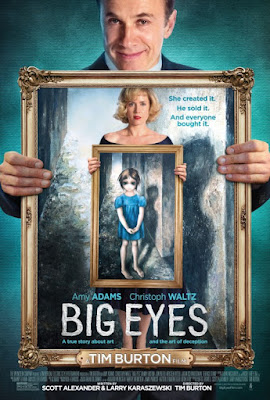Everyone knows Chuck Workman, the master clip editor who made a name (and a specialty) culling themed film compilations, memorable snaps of shared cultural history, for splashy award shows. Still best known for PRECIOUS IMAGES/’86 (100 years of commercial cinema in eight breathless minutes), his once fresh format has now been done to death. Even at the time, the real fun to his visual juxtapositions came less from cumulative effect than as ad-hoc NAME THAT CLIP party game. Here, he tries for something bigger, and falls flat on his face, mixing-and-matching mini-monologues (Talking Heads/audio voice-over) organized into loosely categorized montages that try to cover avant-garde & experimental work (and their makers) as well as the expected commercial heavyweights. Laudable in theory, in practice they end up cancelling each other out, neither adding up to more than the sum of their parts nor sparking interest in something heretofore unseen. (Though here and there, a jolt of negative clarity emerges as when Kubrick’s THE SHINING/’80 suddenly looks as studied and visually dead as EYES WIDE SHUT/’99.) As to our subject? ABBOTT AND COSTELLO MEET FRANKENSTEIN/’48 has as much to offer.
SCREWY THOUGHT OF THE DAY: So, what is cinema? As philosophy, if not as physical object, Jean-Luc Godard got it right: ‘Cinema is truth at 24 frames per second.’ Or rather, Godard got it half right. Cinema has two parents. It was the Lumière Brothers whose actualitiés gave us truth @ 24 fps. (And as a bonus, in L'arroseur arrosé/1895, the basics for a century of narrative film.) But on the other side of our cinematic family, the ‘trick’ films of Georges Méliès churned out lies (or if you prefer, fantasy) at 24 frames per second. A hundred years on, digital/computer manipulation swings things advantage Méliès. Perhaps the question to ask is ‘What was cinema?’
























